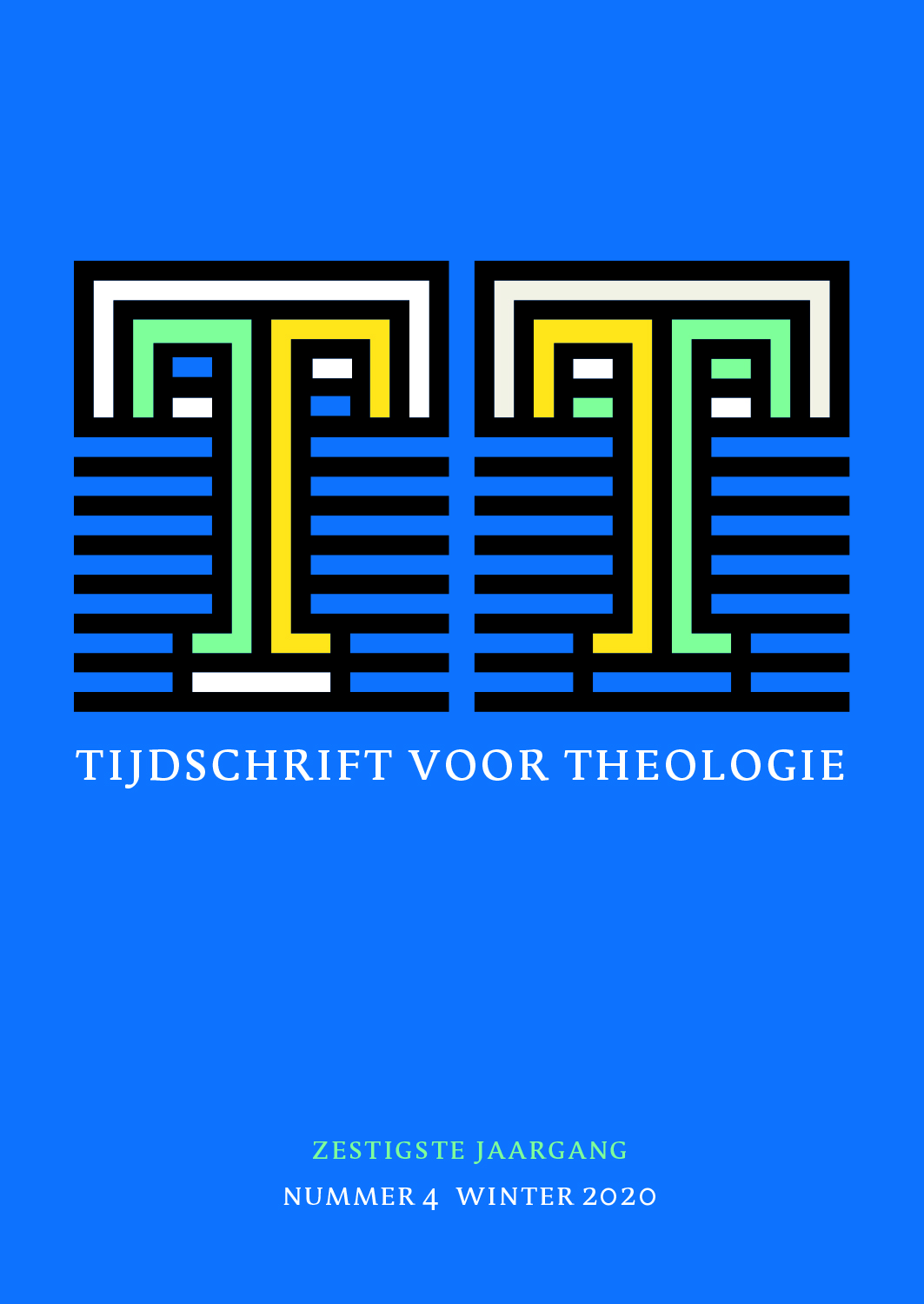 previous article in this issue previous article in this issue | next article in this issue  |

|
Document Details : Title: De zichtbare heiligheid van de kerk Subtitle: Een onvolmaakt teken van onzichtbare genadegaven Author(s): ALPERS, Christiane Journal: Tijdschrift voor Theologie Volume: 59 Issue: 4 Date: 2019 Pages: 356-371 DOI: 10.2143/TVT.59.4.3287123 Abstract : This article explores how the visible holiness of the church can be conceived other than in ethical terms. By bringing Edward Schillebeeckx’s theology in constructive dialogue with William Cavanaugh’s thoughts on the subject, the author argues for a sacramental understanding of the church’s holiness, characterized by its friendship with God and the union of love amongst people. A sacramental understanding of the church’s holiness concerns the church’s manifestation of invisible graces, as they abound inside and outside of the church, in order to enable everyone to acknowledge that the whole universe has been created and redeemed by God. This understanding of the church’s holiness allows Christians to acknowledge the church’s visible sinfulness, as well as the ways in which the world outside the bounds of the institutional church, too, visibly receives God’s offer of grace. William Cavanaugh convincingly argues that moralistic understandings of the church’s visible holiness lend themselves for an unrealistic ecclesial triumphalism that ignores the evident visibility of sin in the church. Acknowledging the visibility of sin in the church means to confess that Christ redeems not the ethically pure, but the most sinful. Nonetheless, such a confession of the church’s visible sinfulness is not meant to downplay the importance of conversion. Building on Cavanaugh’s and Schillebeeckx’s theologies, the conversion that ensues from nature’s reception of grace in relational rather than in moralistic terms is conceptualized. God’s love transforms people into worthy partners in God’s work of redemption, despite their sinfulness. The neighbourly love of the converted then bears eschatological weight and significance, albeit still marked by sin and failure. |
|
